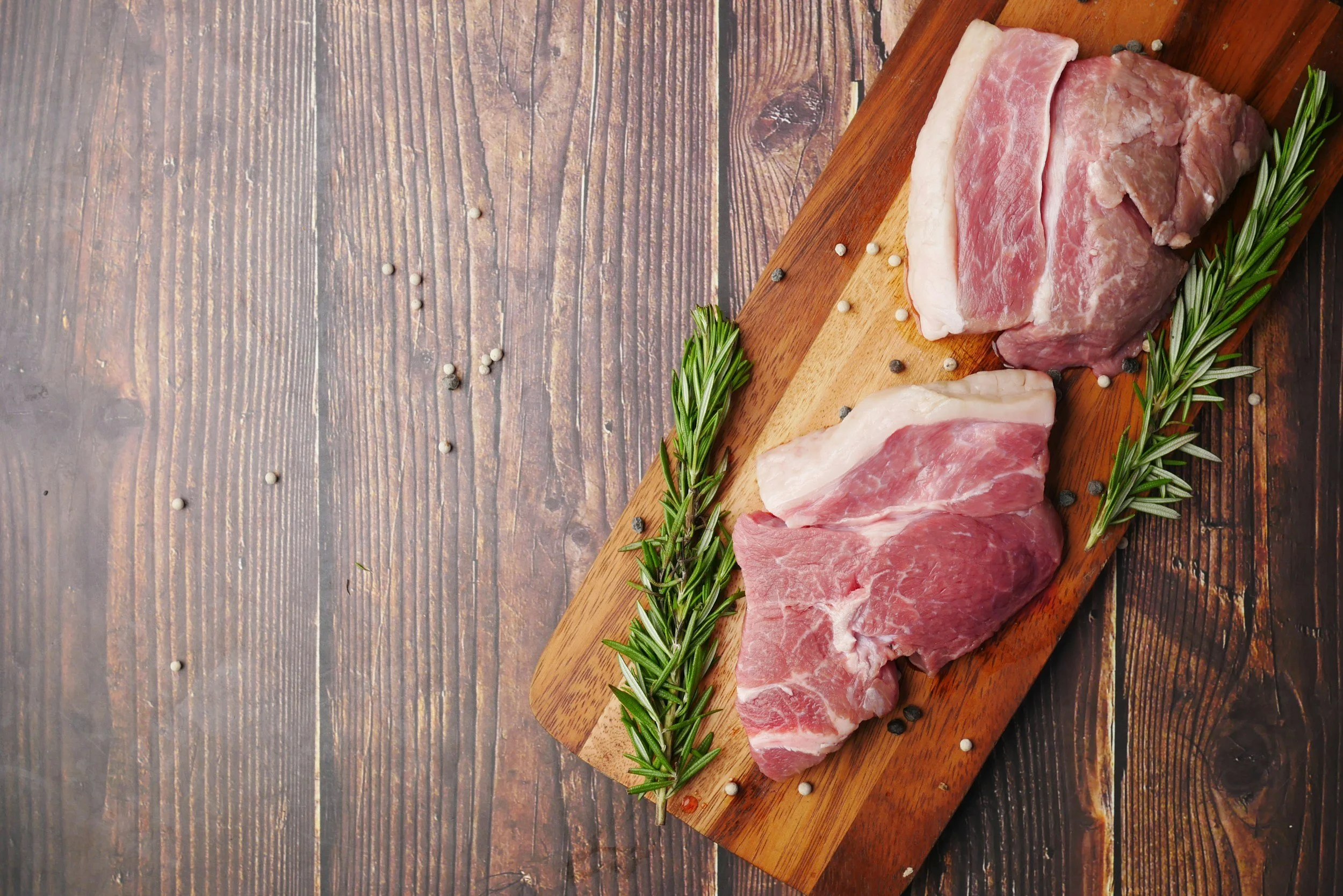Discover the Healing Wisdom with the Energetics of Food


Energetics of Chicory: Salad’s New Best Friend
The chicory plant is a part of the dandelion family (Cichorium intybus). Fun Fact! Thomas Jefferson was the first farmer to grow chicory in the United States after George Washington gifted him seeds! Chicories of all varieties are a powerhouse of nutrition. In general, they are excellent sources of vitamin K, essential to blood and bone health, B vitamins, vitamin A, and vitamin C.

Energetics of Quinoa: Colorful Superfood of the Andes
Native to the Andes mountains along the western coast of South America, quinoa has sustained the Incas since as early as 3,000 B.C.! Quinoa is a nutritional powerhouse. It forms a complete protein, meaning that it contains all nine essential amino acids. This is of particular importance because it is one of the few non-animal foods that supply this.

Energetics of Turmeric: An Honorable Herbal Spice
Modern medical sciences are beginning to recognize its importance: there are currently over 3,000 scientific publications researching turmeric—all of which have been published within the last 25 years. So, what’s the health buzz about?

Energetics of Broccoli: More Nutritious Than You Thought
Many parents know broccoli as one of the “green monsters” of dinner time, a tough contender with young ones. This cruciferous vegetable has quickly become one of the United States most popular veggies, thanks to its unique flavor and incredible nutritional value.

Energetics of Rice: A Grain Like No Other
Rice has been a staple food for over 9,000 years and today it is consumed daily by more than half the world. It is a great source of antioxidants and heart-healthy phytonutrients.

Energetics of Rutabagas: Warming in Winter
Rutabagas are root vegetables, or “underground” vegetables, like carrots, parsnips, potatoes, and beets. While they are closely related to turnips, their exact origin is vague. It is speculated that they are a cross between turnips and cabbage. Rutabagas are incredibly healthy for us! They are high in fiber, potassium, iron, and vitamins A and C.

Energetics of Carrots: Sweet, Crunchy & Healthy
The humble carrot deserves a little love. Bursting with beta-carotene, fiber, vitamins, and antioxidants, this crunchy root isn’t just a nostalgic lunchbox casualty—it’s a nutritional powerhouse waiting to brighten your plate and support your health. Let’s give the carrot its due credit and explore why it’s more than just a forgotten snack.

Energetics of Olives: Extending the Branch
Olives are thought to be one of the world’s oldest foods. It is believed that they originated in Crete between 5,000 and 7,000 years ago. Since then the olive and the tree it grows on have been a source of food, fuel, timber, and medicine. Olives, the staple of the disease-preventive Mediterranean diet, are a concentrated source of monosaturated fats, most notable oleic acid, as well as iron, copper and fiber.

Energetics of Olive Oil: World’s Liquid Gold
Olive trees have grown along the Mediterranean Sea since that area of the world was settled. There are groves in Spain that are over 1,000 years old, as olive trees have a very long life. It should not be surprising that olives are rich in oil, as the botanical name of olive trees is Olea europaea and olea means “oil” in Latin.

Energetics of Chestnuts: A Holiday Treat
The chestnut is great roasted but can be used in so many different recipes. The nut can be eaten raw and usually quite sweet. However, roasting makes for a delicate, sweet, and nutty flavor with a consistency similar to a baked potato. They are a great source of minerals and vitamins B6 & C.

Energetics of Chicken: Time Honored Tradition
Chickens have been part of human life for thousands of years, first domesticated from the red junglefowl in South Asia around 4000 years ago. Today, there are an estimated 25 billion chickens worldwide, loved for their versatility in cooking and eggs.

Energetics of Goat Milk: You Got Goat Milk?
Goat’s Milk is a great alternative to cow’s milk. It only has trace amounts of the specific casein that is thought to cause of casein sensitivity, and it contains more calcium and protein than cow’s milk. While in America cow’s milk is the norm for drinking and making other dairy products, for the rest of the world, goat’s milk is actually consumed much more.

Energetics of Horseradish: Spicy Spring Antioxidant
The root of the plant is what most are familiar with consuming, however the leaves and flowers can also be harnessed in various ways—nearly every part of the plant has medicinal properties. Horseradish can be used as an expectorant to fight the common cold, flu, and various respiratory disorders. Horseradish has also been found to have antibiotic, antifungal, and anticancer properties.

Energetics of Eggs: From Tradition to Table
Eggs have sparked curiosity for centuries—nourishing, symbolizing new beginnings, and starring in countless “what came first?” debates. In energetics, eggs shine as a powerhouse of vitality, offering grounding, strength, and gentle nourishment. They’re tiny shells of potential, bringing warmth, balance, and life-supporting energy to cuisines and healing traditions worldwide.

Energetics of Lamb: More Than Meats The Eye
Discover the energetics of rutabagas & how their warming, grounding qualities support digestion, immunity, & seasonal balance—especially during the cold months. Lamb is an excellent source of protein. Protein helps in the production of: structural proteins that maintain the integrity of muscles, connective tissues, hair, skin, and nails; enzymes and hormones; necessary to spark chemical reactions in the body; transport proteins, which carry substances like oxygen and nutrients to the body tissues; and antibodies.

Energetics of Flaxseed: A Versatile Superfood
Flaxseed has gained popularity in the health-conscious community because it is high in fiber, omega-3 fatty acids, and antioxidants. However, some people struggle with how to incorporate flaxseed into their diets. It can be eaten whole or ground. They can be added to oatmeal, granola, and other cereals. Try them in yogurt or with smoothies. Flaxseed also blends well with many condiments and dressings: mayonnaise, mustard, or in any salad! It’s diverse nutrient profile makes flaxseed a versatile, evidence-backed addition to a wholesome diet.

Energetics of Cilantro: Soap or Citrus Herb?
Together, cilantro and coriander offer complementary health benefits: the leaves provide vitamins and antioxidants, while the seeds deliver minerals, fiber, and bioactive compounds—both contributing to digestion, detoxification, metabolic balance, and overall wellness.



In Chinese Medicine, the 5 flavors are pungent, sweet, sour, salty, and bitter. The SAD (Standard American Diet) consists primarily of just 3 of the 5 flavors. Your diet should consist of a balance of all 5 flavors for optimal health. Balance does not refer to equal amounts, but to bring the body into harmony with your own constitution and the seasonal influences.